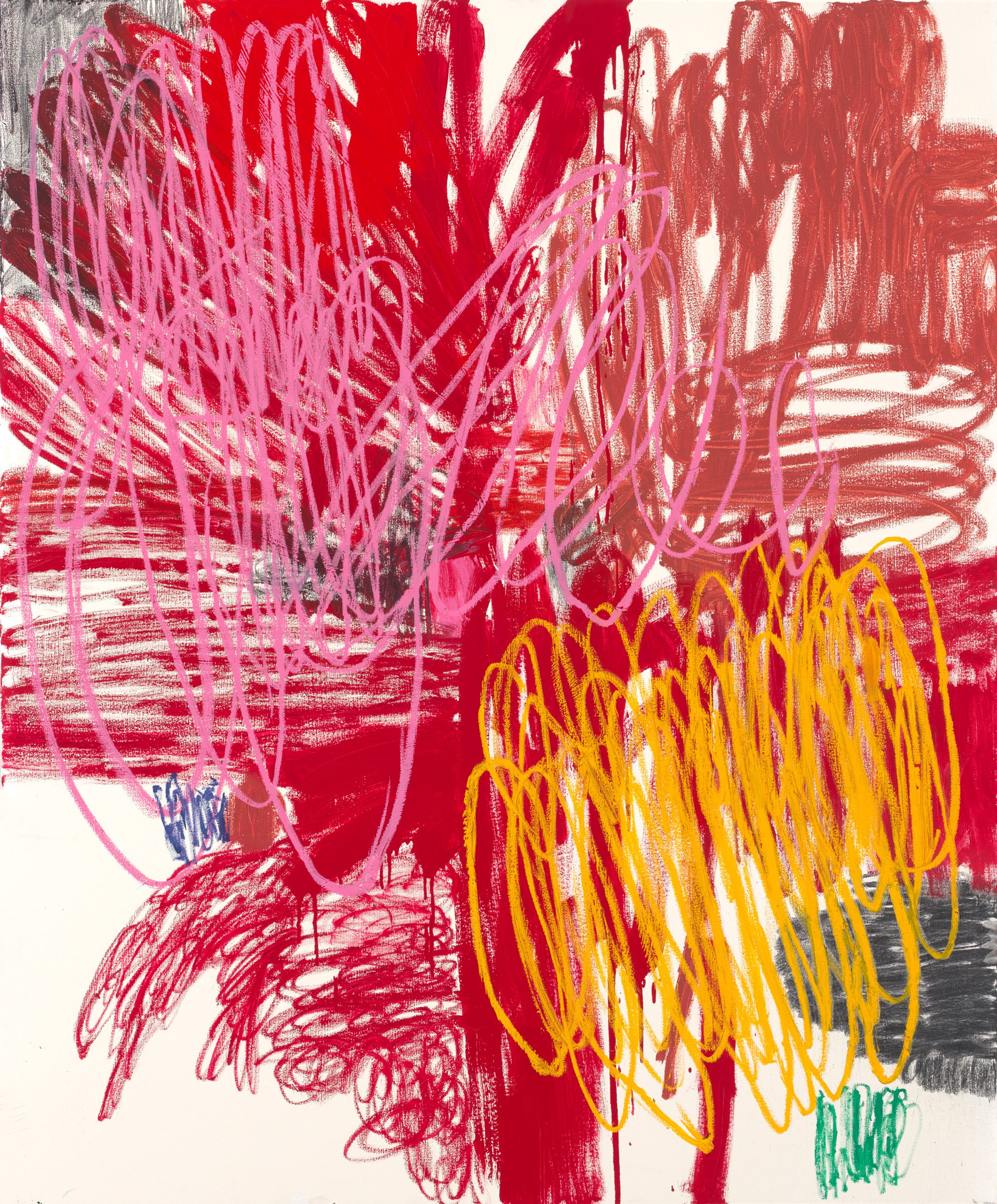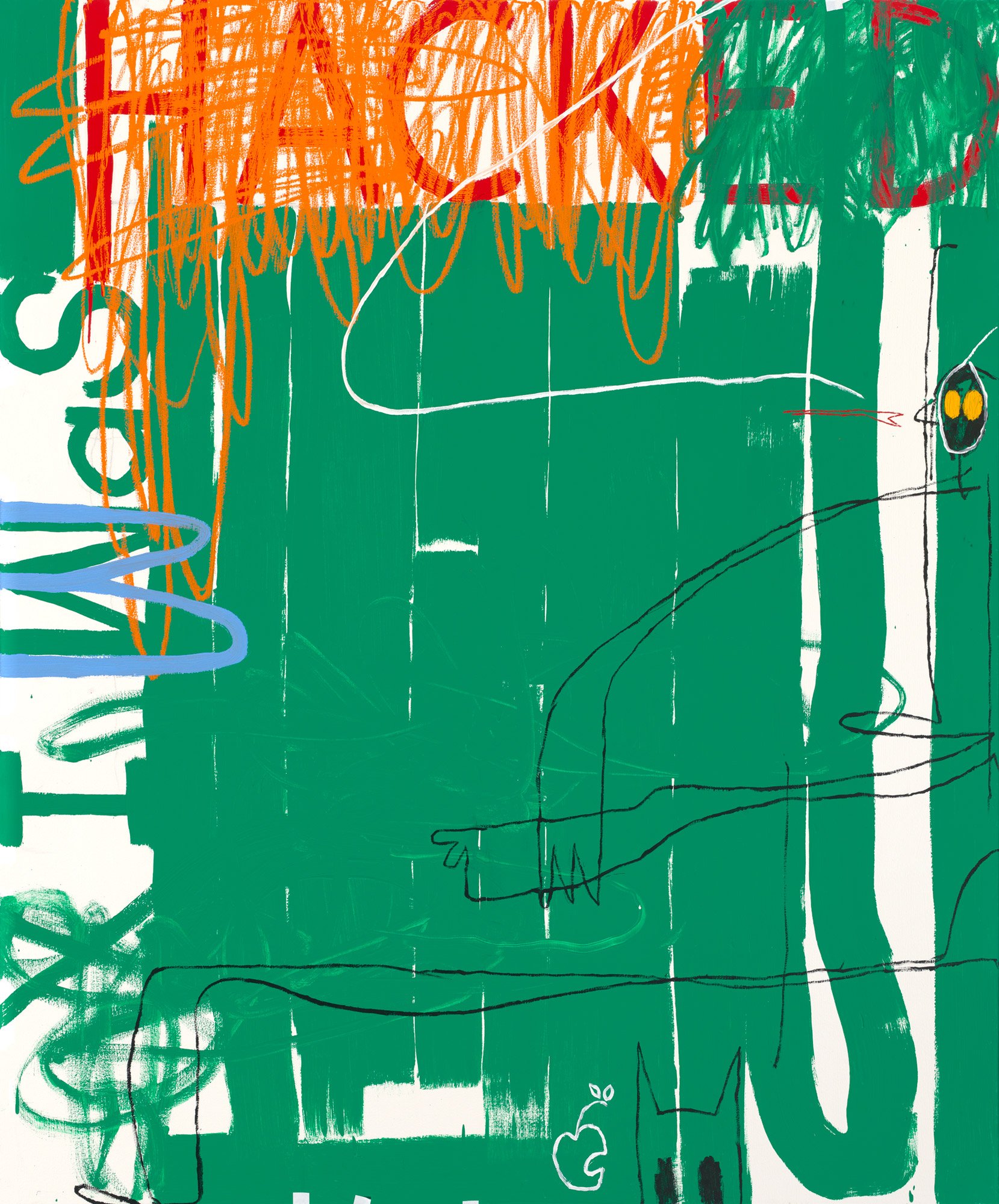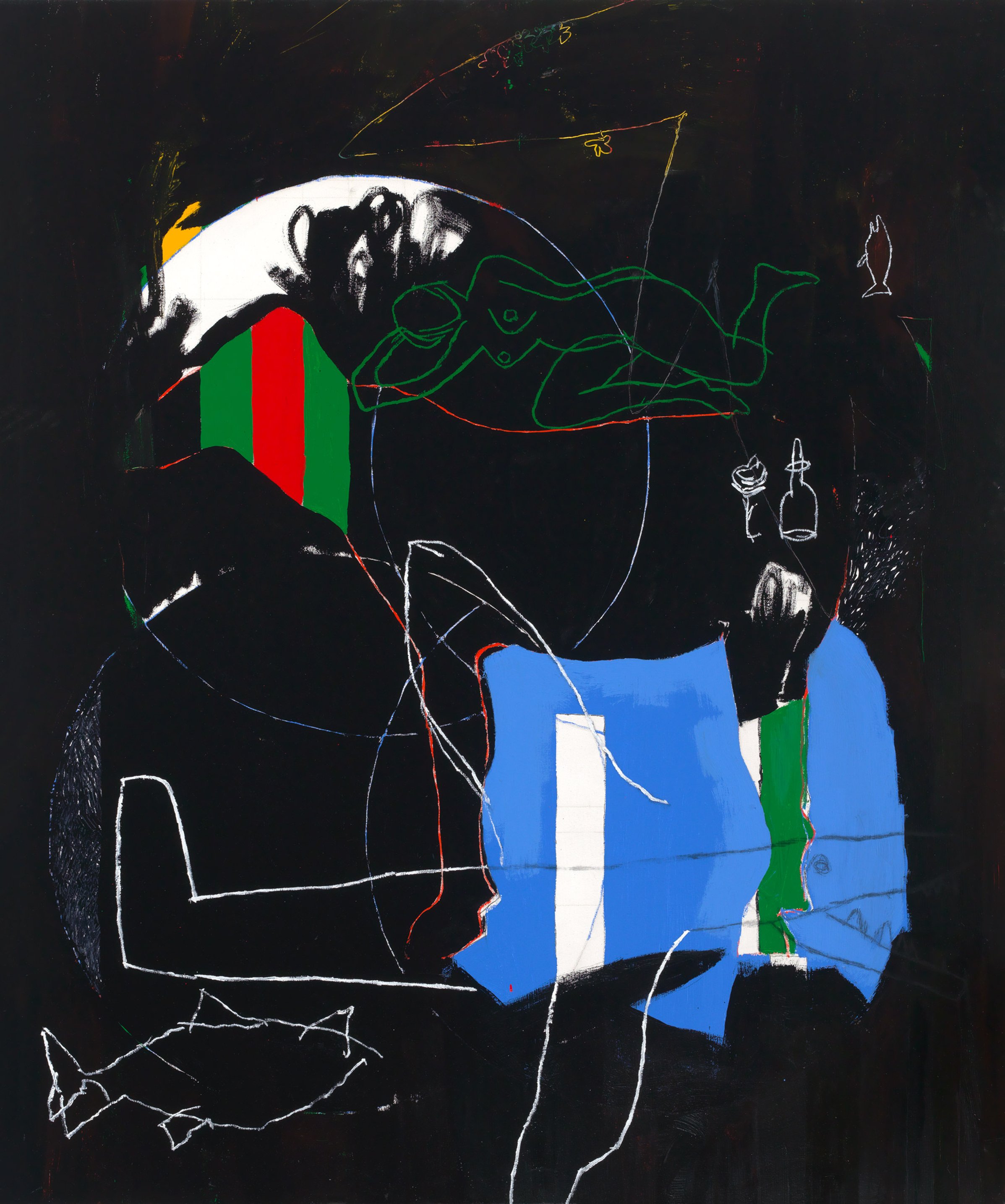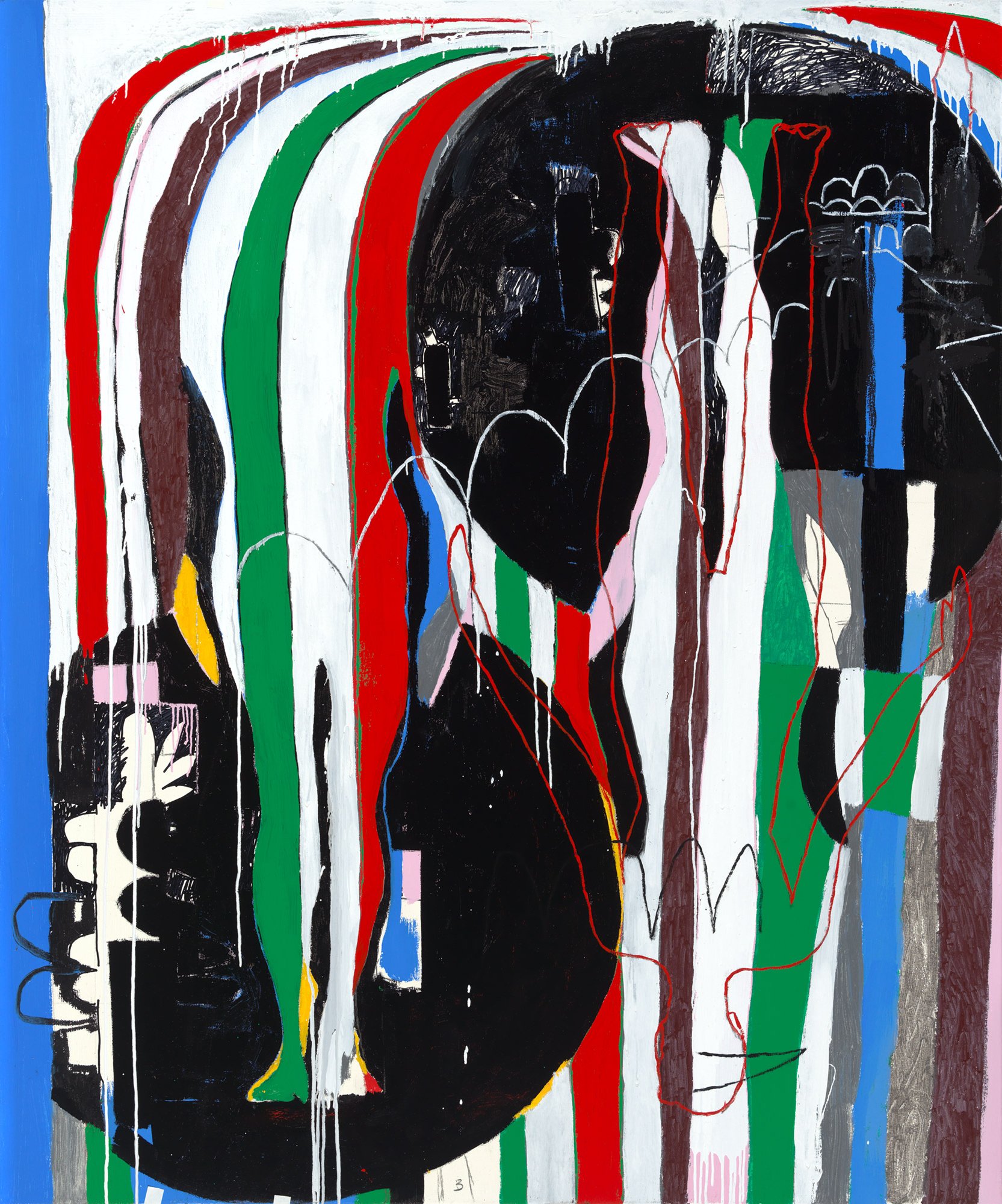Javier Arizmendi-Kalb
Javier Arizmendi-Kalb grew up in Mexico City. As a child he received instruction in painting, drawing, ceramics, and gilding at various workshops or “talleres”. The rich cultural heritage of his native country continues, to this day, to be a strong influence on his work.
In 1981 Javier immigrated to the United States to seek higher education. He earned degrees in engineering, visual arts, and architecture from Dartmouth College and Harvard University. During this time his painting practice focused on the representation of the landscape.
In the early 90’s Javier moved to the San Francisco Bay Area. This change inspired him to experiment with abstraction at a large-scale, exploring ideas related to space, color, light, and landforms.
At present, Javier works out of his studio in Oakland, California. His painting practice has evolved into an immersive personal exploration of thought, emotion, memory, dreams, etc. It is anchored in the belief that only through that which is deeply personal, can we find broader universal resonance. His large scale, bold, colorful compositions using oil and oil-crayons on canvas create evocative and resonant narratives incorporating various pictorial conventions including abstraction, writing, and figuration.
Please tell us more about your background and how you began creating art?
I grew up in Mexico where art is an inseparable aspect of everyday life and ritual. As a child I was always making things, and I first learned how to paint from my grandfather who was a painter. From an early age I was drawn to the artistic richness of pre-Columbian cultures, their plastic and visual legacy, and the power of these ancient artifacts to communicate emotion and human experience.
What does your art aim to say to the viewers?
I do not try to articulate a “message” or a preconceived narrative in my work. I find this type of approach contrived and sometimes disingenuous. Instead, I try to have an honest conversation with myself: my thoughts, interests, memories, preoccupations, anxieties. In this sense my work is deeply personal. Ironically, I also believe that only by exploring what is deeply personal, can we touch upon what is universal, and a shared human experience that will resonate with a broader audience.
Do you have an essential philosophy that guides you in your creative expression?
My studio, and the space I create in using large format paintings, is an immersive environment which allows me to explore thoughts, memories, narratives, and compositions that aim at bringing myself into the public. In that regard it entails risk and the courage to truly expose your deepest self, a goal that I do not think I have yet achieved.
Being multicultural and multilingual has taught me that you can hold disparate, sometimes contradictory thoughts at once. Multiple languages and thoughts can coexist in a rich and powerful way. I therefore strive to shape strong visual images and don’t feel uncomfortable bringing different visual conventions into the painting. This approach seems to be a more immediate and a more honest reflection of the way we think and experience life.
What art marketing activity do you put into practice regularly that works most successfully for you?
I try to share my work as often as possible through exhibitions and virtual media. I listen and take advice from those who know more than I do when it comes to marketing artwork.
Can you tell us about the process of creating your work? What is your daily routine when working?
I need to work on two or three pieces at a time. But I don’t like to work in series as it generally results in repetitive visual motifs. Each piece needs to have its own story and language. When the painting is not working, or when it is working too well, it is time to take risks. I stop when a story emerges that speaks to me.
How much planning goes into each artwork?
Some pieces start with an unplanned gesture using large brushes or crayons. Others might start with an idea that comes from a sketch. In either case, subsequent painting sessions will allow me to add, correct, erase, or modify the initial work. I try to balance an intuitive approach to the layering of information, with a critical eye that allows me to edit, compose and refine the image. Too much of each can spoil the tension between what is fresh, gestural, and automatic, and a conscious effort to make the image legible. It is most important to learn not how to start but rather when to stop.
What’s the essential element in your art?
Strength of composition, color, gesture, and layering of symbolic content.
In your opinion, what role does the artist have in society?
I don’t know. The less we try to answer this question I think the stronger our message.
Was the ancient artist painting and drawing animals in caves striving to be poetic, artistic, or relevant to their society? Maybe we, like these ancient artists, are just responding to a mysterious, ancient, primal impulse to create and try to find meaning through markings, paintings, and drawings. Is it not this impulse to create the source of writing, building, culture?
Are there any projects you are currently working on and able to speak about?
I am currently working on new pieces using three-dimensional collage techniques in combination with paint. I am excited to see what emerges out of this exploration using found objects in a small- and large-scale format.












